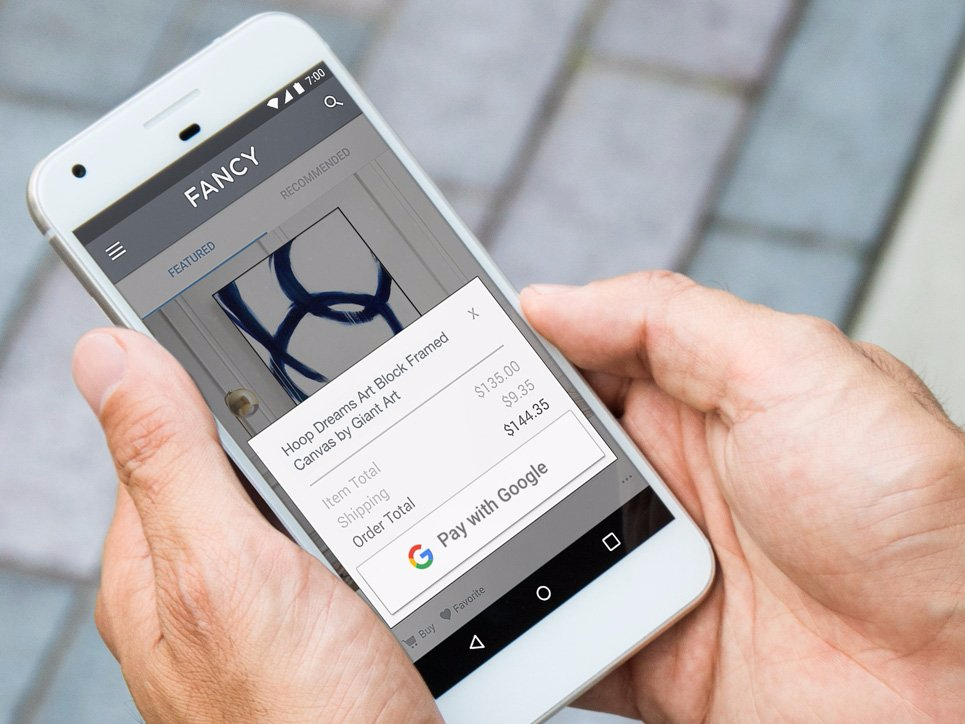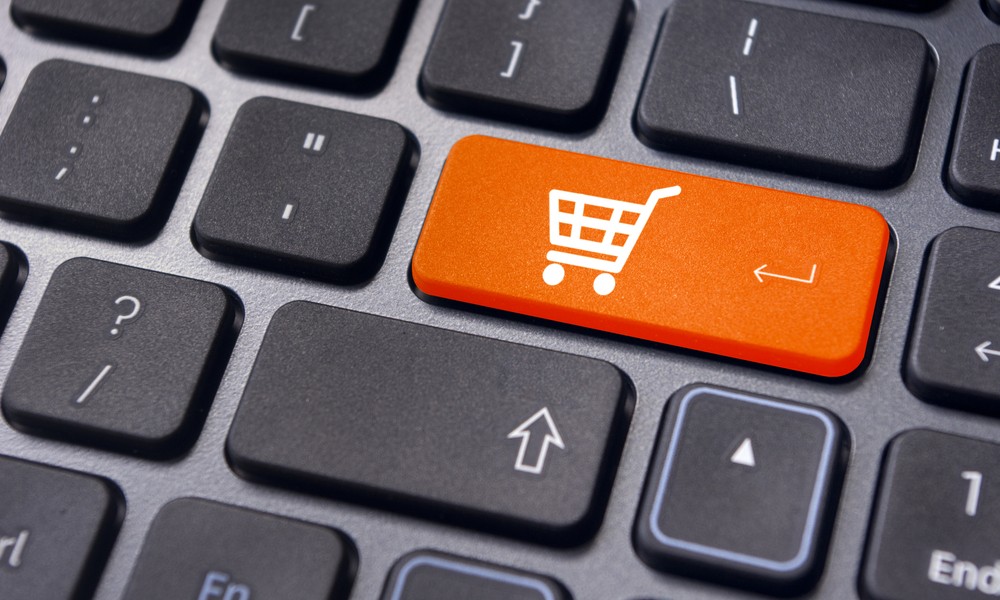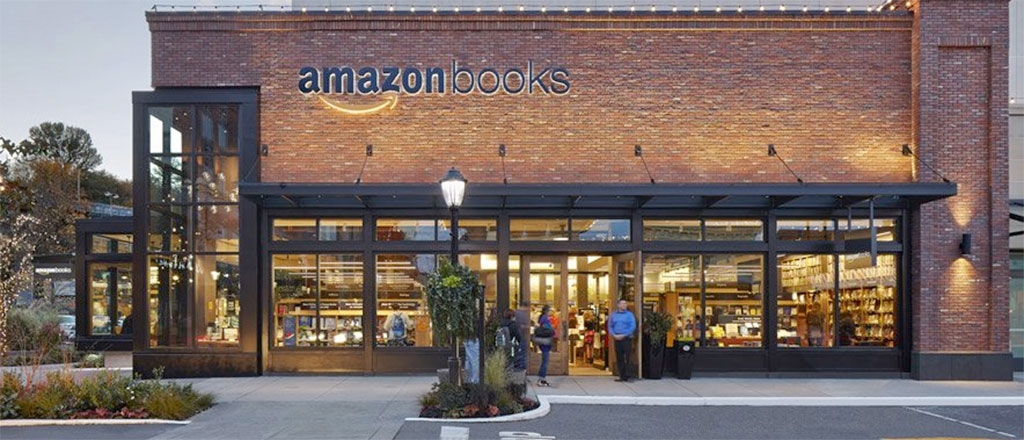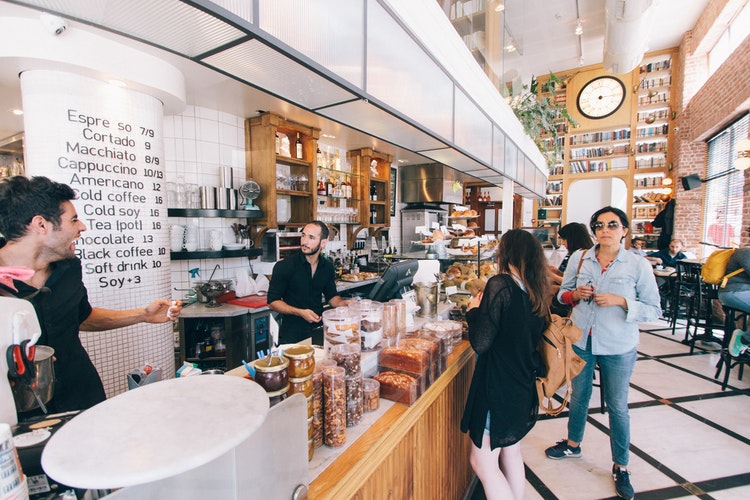
E-commerce has been receiving broadened acceptance in Malaysia. As the buying and selling of products online become increasingly popular, the industry aims to make the online shopping experience even more seamless. Here are some of the e-commerce trends we can expect in the upcoming new year:
1. Rise of Diversified Payment Method

As e-commerce continues to grow at a rapid pace in Malaysia, more and more consumers are ready to welcome more payment options, especially going cashless through the use of mobile wallets. According to the Visa Consumer Payment Attitudes Study 2016, 74% of Malaysian surveyed prefers to make payment electronically. As Malaysian society slowly goes cashless, we can expect e-commerce platforms to introduce new and creative payment methods to meet the changing needs of consumers.
2. Evolvement of Check-out Process

There are plenty of causes that result in a consumer not completing their purchases, but one stands out: complicated and long check-out process. E-commerce marketplace realised that the check-out process should be as seamless as possible. Many are trying to push for a one-click checkout feature on their platforms. Improving the check-out process might be one of the biggest challenges for e-commerce industry, as they also need to strengthen the protection of their consumers’ payment and delivery information in the most secure way.
3. Greater Transparency on Product Delivery

When it comes to shopping online, consumers not only expect their products to be delivered fast but also wants the ability to track the whereabouts of their product in the delivery process. Providing greater delivery transparency also reassured the consumers of your ability to deliver convenience to others. Startups like Pgeon and CollectCo are in the progress to allow such transparency possible for e-commerce. We can look forward to better product delivery in the future.
4. Dynamism of the E-commerce Market

Living in a digital age, the brick and mortar approach seems destined to vanish. However, Amazon is actually increasing its physical retails outlets, claiming that it is just “another way to reach the customer and test what resonates with them.” Especially the popular trend of “Click & Collect” where online consumers choose to visit a physical store to try the product before purchasing. It has shown that 60% -70% shoppers prefers this feature, and may encourage them to shop more during item collection. This just shows how dynamic e-commerce market is, and what we can expect for the future of e-commerce.
5. Social Commerce is the Way Forward

According to Gartner, 2010, around 3 out of 4 consumers actually rely on their social networks to steer their purchasing decisions. So what does this mean for e-commerce companies? In the online marketplace, the most common form of social networking appears in the form of review or recommendation writing. We see Facebook, Pinterest, Twitter and others more fusing social media with e-commerce. It is still too early of a trend for Malaysia to follow, but this is one experiment we should keep a lookout for.
6. Globalisation will Elevate SMEs to a Higher Level

2018 is the year where we expect to see SMEs level up their business and stand competitively on a global level. In fact, 1900 SMEs is now part of the Digital Free Trade Zone (DFTZ), a joint initiative by the Malaysia government and Jack Ma, founder of the Alibaba group. Another 1500 will be expected to join in 2018. This will ease the difficulties faced by SMEs when conducting clearance or inspection of goods. With part of the DFTZ’s goal to double SME’s goods export growth rate to USD 38 billion by 2025, SMEs are definitely in good hands.
7. New Categories and Loyalty Programmes will Build Repeat Customers

With the younger generation becoming predominantly tech savvy, there is a need for businesses to find ways to attract and keep customers in this fast-moving era. The fastest way to do this is of course through introducing loyalty programmes or giving out exclusive offers to returning customers. Research shows that 72% of customers are more likely to shop at a specific retail if it offers customer loyalty schemes. The challenge for e-commerce businesses is to develop that is not only competitive but also personalized loyalty schemes for their customers.
8. Artificial Intelligence (AI) to Reshape Customers’ Shopping Journeys

Big players, such as Google and Microsoft, have started in investing and development of AI. Plus, a recent study by Business Insider suggests that up to 85% of customer interactions will go automated by 2020. So it’s not difficult to see where the future of e-commerce is heading to. In fact, more businesses are making use of chatbots in customer communication. Not only do chatbots ease the hassle of handling inquiries and purchases, they can give better customer experience through personalization.
9. Integration of Online to Offline (O2O) Shopping Experience

So we know that e-commerce penetration in Malaysia is currently standing at around 5%. So what happens with the other 95%? For e-commerce looking to succeed in 2018 or beyond, let’s not forget how important offline sales channels are. And because of that, integration of O2O shopping experience will be one of the major trends in 2018. A good O2O strategy will attract customers into making offline purchasing decisions. It is also expected 80% of sales in the US will still happen in brick and mortars in 2020.


